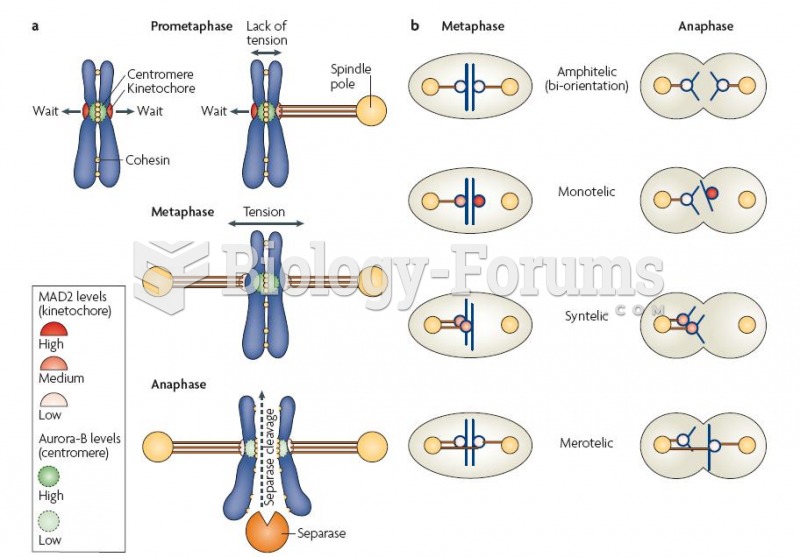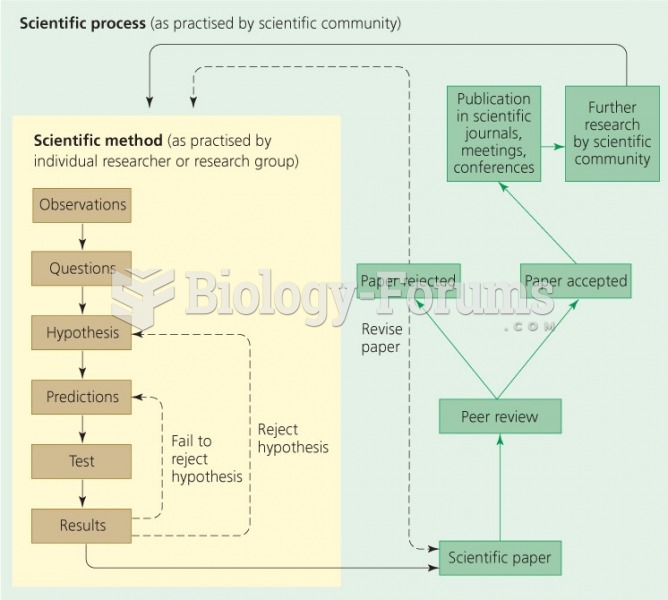Answer to Question 1
False . One should make each successive step gradual and not make large changes in criteria if one wants to be successful with shaping.
Answer to Question 2
The five elements are:
1 . Assessing and teaching if necessary, prerequisite skill for imitation training. This is important because learners cannot learn if they do not attend to the presentation of the model. Therefore, it is often to teach prerequisite skills, such as, staying seated, looking at the teacher, keeping hands in lap, and looking at objects prior to beginning imitation training.
2 . Selecting models for training. At least 25 behaviors to use as models should be selected. These should range from gross to fine motor movements.
3 . Pretesting. The pretest may show that the learner imitates some models without training. One should pretest all models at least 3 times. If the learner can perform certain models a specified number of times, then the practitioner should advance to the next level of training.
4 . Sequencing models for training. Practitioners should use pretest results to sequence the models for training, arranging them from easiest to most difficult. Easiest models are those that the learner performed correctly at least some times during pretesting, and most difficult models are those that the learner never performed correctly during pretesting.
5 . Performing imitation training. Imitation training consists of four conditions: preassessment (where a short pretest is given before each training session), training (during which practitioners provide repeated presentations of a model and reinforces approximations and/or uses prompts to get the imitation to occur), post assessment (during which the practitioner presents 5 previously learned models and 3 newly learned models to assess learning), and probes for imitative behaviors







